Chronic Exertional Compartment Syndrome (CECS)
What is Chronic exertional compartment syndrome?
Chronic exertional compartment syndrome (CECS) is an overexercise-related muscle and nerve-related painful condition that causes pain, swelling, and rarely disability in the affected area (compartment) of the legs or arms.
Anyone can develop the condition, but it’s more commonly affected in young athletes who participate in activities that involve a repetitive activity that mostly affects young endurance athletes, mainly those runners who run extensively.
Chronic exertional compartment syndrome may recover with Medical and Physiotherapy treatment and also require activity modification. If medical treatment doesn’t help, your doctor might recommend surgery. Surgery is also successful for many people and mostly allows you to return to your sport.
Symptoms of Chronic Exertional Compartment Syndrome
Your Body limbs have specific areas of muscle which are known as compartments. Your lower leg has four compartments. CECS is mostly seen in the same compartment of an affected lower leg on both sides, usually the lower leg.
Signs and symptoms are:
- Dull, Aching, burning, or cramping pain in an affected limb
- Muscle Tightness in the affected limb
- Tingling, Numbness in the affected limb
- Muscle Weakness
- Foot drop, in severe condition, if lower legs are affected
- Rarely, swelling or bulging
Pain caused by CECS mostly follows unique patterns such as:
- Usually Start continuous pain after a certain period of time, distance, or intensity of strain after you start running or exercising the affected limb.
- Gradually increases pain and other symptoms as you exercise
- When you stop activity, pain and other symptoms are less intense or stop completely within 15 minutes.
- Taking a total break from activity or exercise or performing only low-intensity activity might relieve your symptoms, but relief is usually only temporary. Once you start the activity again, for instance, those familiar symptoms usually also appear.
When to Consult a doctor?
When you feel continuous pain, swelling, muscle weakness, soreness, or loss of sensation with tingling numbness during activity or exercising or participating in sports activities, Consult your doctor.
Mostly CECS is misdiagnosed as shin splints, the most common cause of lower leg pain in young people who do a high-intensity weight-bearing activity, such as running, or jogging. If you feel you have shin splints and the pain doesn’t get relieved with self-care, consult your doctor.
Causes of Chronic Exertional Compartment Syndrome
When you exercise, your muscles expand in volume and require space. If you have CECS, the tissue that encloses in the affected muscle (fascia) doesn’t expand enough with the muscle, causing extra pressure that leads to pain and related symptoms in a compartment of the affected limb.
A few experts also recommend that how you move during exercise might have a critical role in causing CECS.
Other causes are having muscles that enlarge during exercise, having a tight fascia surrounding the affected muscle in the compartment, or having high pressure within your compartment of the affected limb.
Risk factors
Certain conditions may increase your risk of developing CECS, such as:
- Age: It may be seen in people of any age, However the condition is most common in male and female sports persons under age 30.
- Type of exercise: Continuous vigorous weight-bearing activity such as running increases your risk of developing the condition.
- Overtraining: Working out with high intensity or too frequently without enough rest also increases your risk of developing CECS.
Complications of Chronic Exertional Compartment Syndrome
CECS isn’t a life-threatening condition and usually doesn’t cause permanent damage if you get proper treatment. Although, pain, muscle weakness, or tingling numbness associated with CECS may prevent you from continuing to activity or performance in your sport at the earlier level of intensity.
Diagnosis
When you visited Doctor, your Doctor examine your condition by taking your History, They ask you a few questions regarding your condition, and also examine your affected area, This condition is mostly over-exercise related, so Your Examiner also checks other related conditions such as shin splints or stress fractures before going on to more specialized testing.
Results of physical examinations for CECS are mostly normal. Your doctor might prefer to examine you depending on your symptoms and exercise which are increased your symptoms. Your doctor may check if you have any tenderness, spasms of muscles or muscle bulge, or muscle tightness in the affected area.
Imaging studies
Imaging studies also help in diagnosing the conditions:
Magnetic resonance imaging- A MRI scan of your affected legs can be helpful to examine the structure of the muscles in the compartments and diagnose other possible causes of your symptoms.
An advanced MRI scan can help assess the fluid collections of the compartments. Images are taken at rest while moving your affected foot until you feel pain or symptoms after the exercise. This type of MRI scan is more accurate in diagnosing CECS and may reduce the requirement for invasive compartment pressure testing.
Near-infrared spectroscopy (NIRS): It is a new technique that helps to check the amount of oxygen in your blood in the affected area. The test is performed at rest and after exercise. It helps to check if your muscle compartment has reduced blood flow.
Compartment pressure measurement
If imaging studies do not show a stress fracture or similar kinds of conditions, your examiner may recommend you measure the pressure within your muscle compartments.
Compartment pressure measurement is the best option for diagnosing CECS. In this test, a needle or catheter is inserted into your muscle before and after exercise for the measurements of Compartment pressure.
Because it’s invasive and mildly painful, pressure measurement within the compartment is mostly recommended when your medical history and other tests strongly suggest you have Chronic exertional compartment syndrome.
Treatment of Chronic Exertional Compartment Syndrome
Treatment of CECS is mostly non-surgical and surgical treatment and it also depends on Chronic CECS or Acute compartment syndrome.
Non-surgical Treatment:
Non-Surgical treatment options are Symptomatic pain-relieving medications such as Non-steroidal anti-inflammatory drugs (NSAIDs) and Physical Therapy with orthotics (inserts for shoes).
Mostly non-surgical treatments are successful only if you avoid the activity that caused the pain or condition.
Surgical Treatment of Chronic Exertional Compartment Syndrome
Fasciotomy is the most effective surgical treatment option for Acute and chronic exertional compartment syndrome. In this surgery, Surgeon makes an incision and cuts open the skin and fascia covering the affected muscle compartments. This relieves the pressure within the compartment.
Rarely, a fasciotomy can be done through small incisions, it may speed up your recovery and allow you to restart your regular activity or sport faster.
Surgery is a very good treatment option for most people, it’s not without risk and, in a few cases, it may not completely relieve symptoms associated with CECS.
Common risks of the surgery are infection, permanent nerve damage, numbness, muscle weakness, scar, or bruising.
How to Prevent CECS?
To help relieve the pain of chronic exertional compartment syndrome, the Following preventive tips are helpful for you:
- Use orthotics or wear better sports shoes.
- Reduce your physical activities to a level that does not cause any pain, especially focusing on low-impact activities such as cycling or an elliptical trainer. For example, if running is painful for your legs, alter with swimming or reduce running speed and time with regular breaks on softer surfaces.
- Warm up before starting the running or heavy activity.
- Take regular breaks
- Use an Ice pack if you have any pain.
- Perform regular Stretch for the affected limb after exercise.

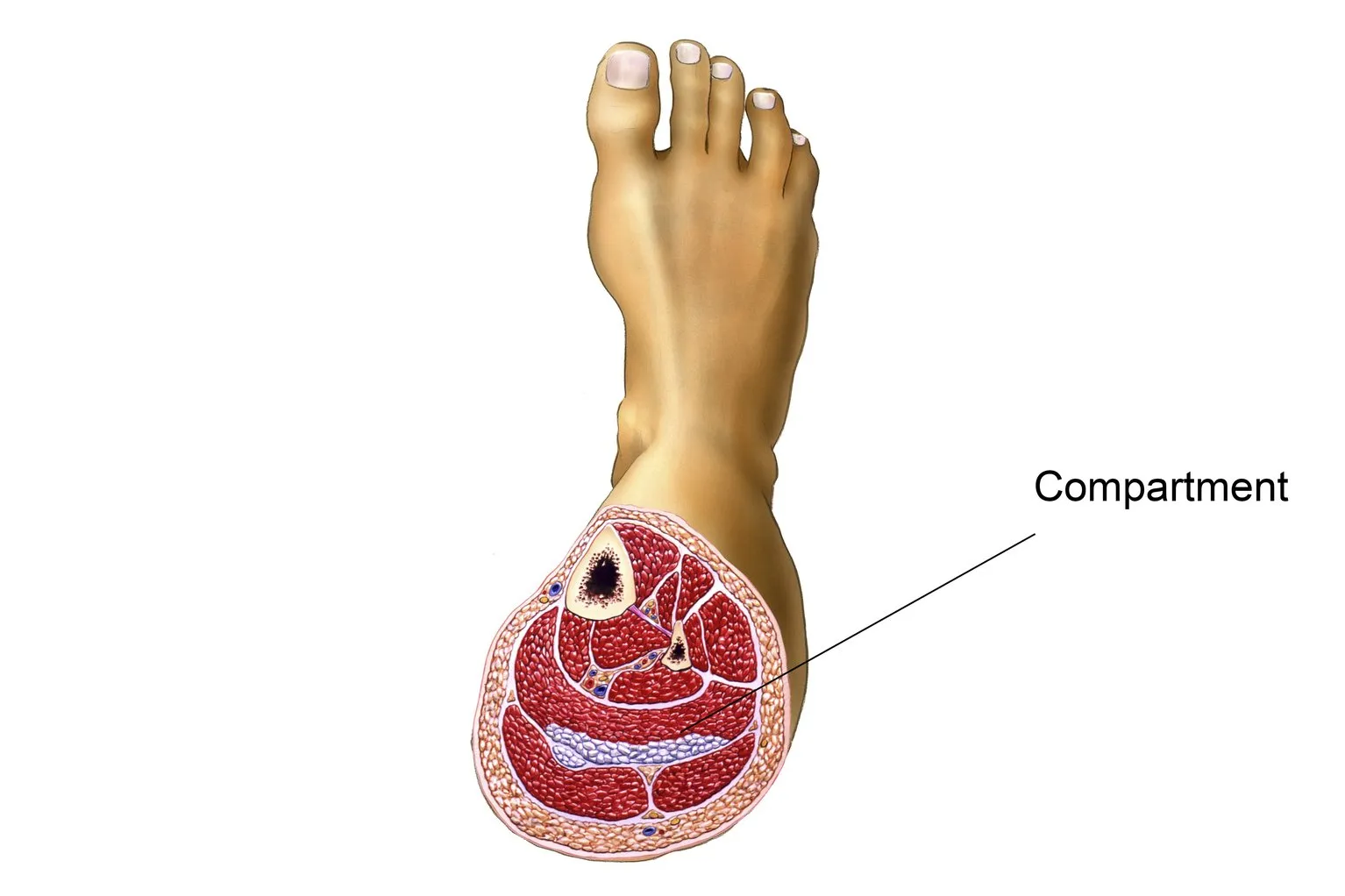
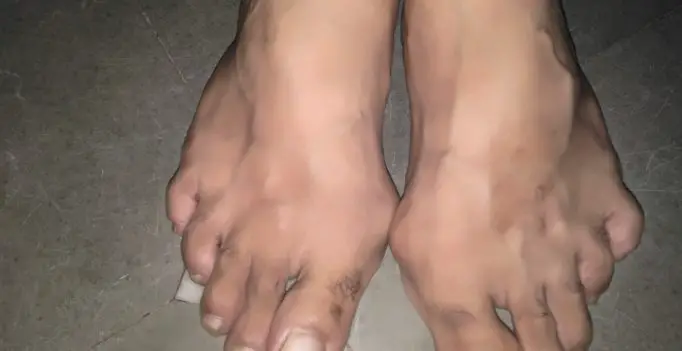

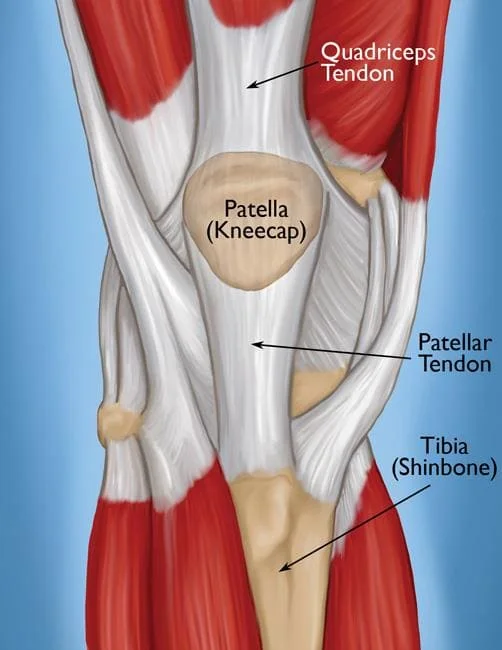
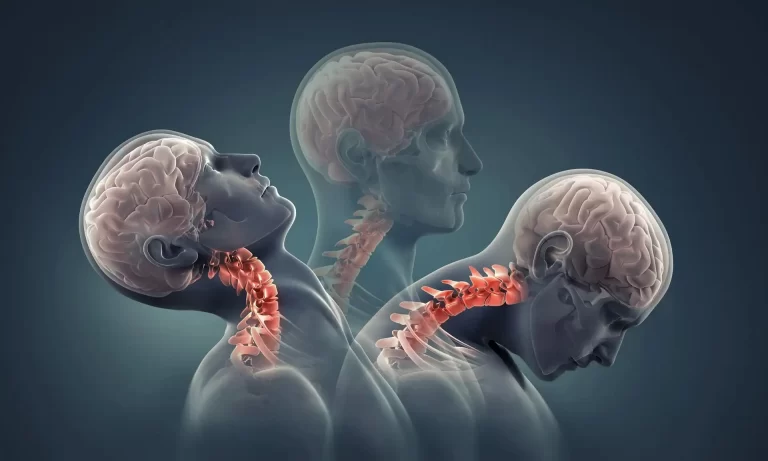
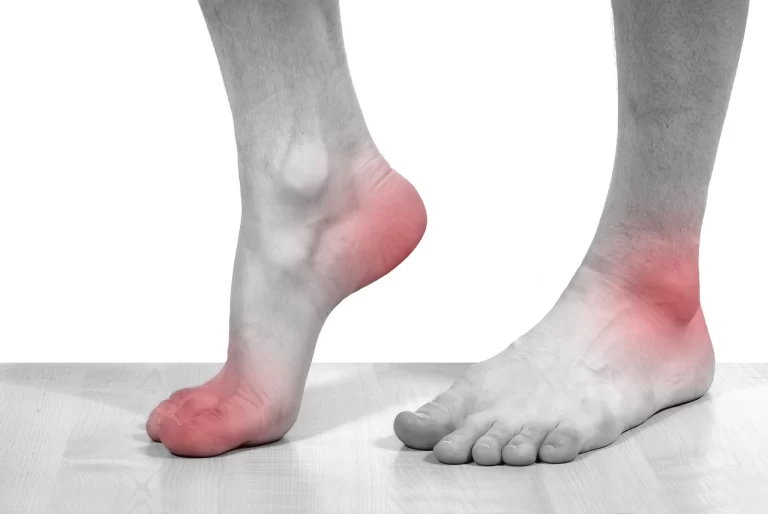

2 Comments